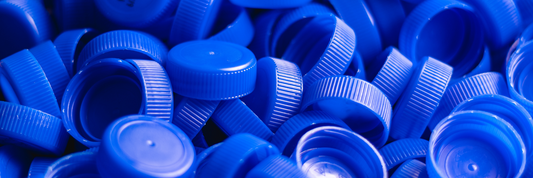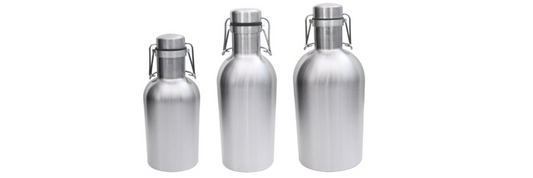When it comes to reheating leftovers or enjoying a meal on the go, many of us rely on to-go containers for convenience. But how safe is it to place these containers in the microwave? Understanding whether your to-go containers are microwavable is essential for both your safety and the longevity of your food. In this comprehensive guide, we will explore the types of to-go containers, how to identify microwave-safe options, and the potential risks associated with using non-microwavable containers.
Common Types of To-Go Containers
Plastic Containers
Plastic is one of the most common materials used for to-go containers. However, not all plastics are created equal:
-
Polypropylene (PP): This type of plastic is often labeled as "microwave-safe" and is widely used for food storage. It can withstand high temperatures without breaking down.
-
Polyethylene Terephthalate (PET): While commonly used for single-use containers, PET is not suitable for microwave use due to its potential to release harmful chemicals when heated.

Styrofoam (Polystyrene) Containers
Styrofoam is lightweight and affordable, making it a popular choice for takeout. However:
-
Not Recommended: Styrofoam can melt in the microwave and release toxic chemicals into your food. It is best to transfer food to a safer container before reheating.

Paper and Cardboard Containers
These materials are often used for fast food and takeout packaging:
-
Safe with Caution: Paper and cardboard containers without coatings are generally safe for the microwave. However, containers with wax or metal linings should be avoided as they can cause fires or sparking.

Are Paper Containers Microwave Safe?
What Type of Containers Can You Put in An Air Fryer?
Glass and Ceramic Containers
Glass and ceramics are durable and versatile materials for food storage:
-
Microwave-Safe: Most glass and ceramic containers are safe for the microwave, provided they do not have metallic trims or designs.

How to Identify Microwave-Safe Containers
Look for the Microwave-Safe Symbol
Many containers have a symbol that resembles a microwave or wavy lines. This indicates that the container is safe for microwave use.
Check Manufacturer Instructions
If the container’s packaging includes heating instructions, follow them closely. If in doubt, err on the side of caution.
Conduct a Safety Test
Perform a quick test by microwaving the container empty for 30 seconds. If it becomes extremely hot, it is not safe for microwave use.
Risks of Using Non-Microwavable Containers
Release of Harmful Chemicals
Plastics not designed for microwave use may release chemicals like BPA or phthalates, which can seep into your food and pose health risks.
Fire and Melting Hazards
Materials like Styrofoam or containers with metallic linings can ignite, melt, or cause sparking in the microwave, leading to safety hazards.
Food Contamination
Using unsafe materials can degrade the quality of your food, altering its flavor, texture, and nutritional value.
Conclusion
To ensure both safety and food quality, it is crucial to use microwave-safe containers for reheating meals. Glass, ceramic, and certain types of plastic are ideal choices, while Styrofoam and coated cardboard should be avoided. By following these guidelines and identifying microwave-safe materials, you can enjoy your meals without compromising your health or your microwave.









